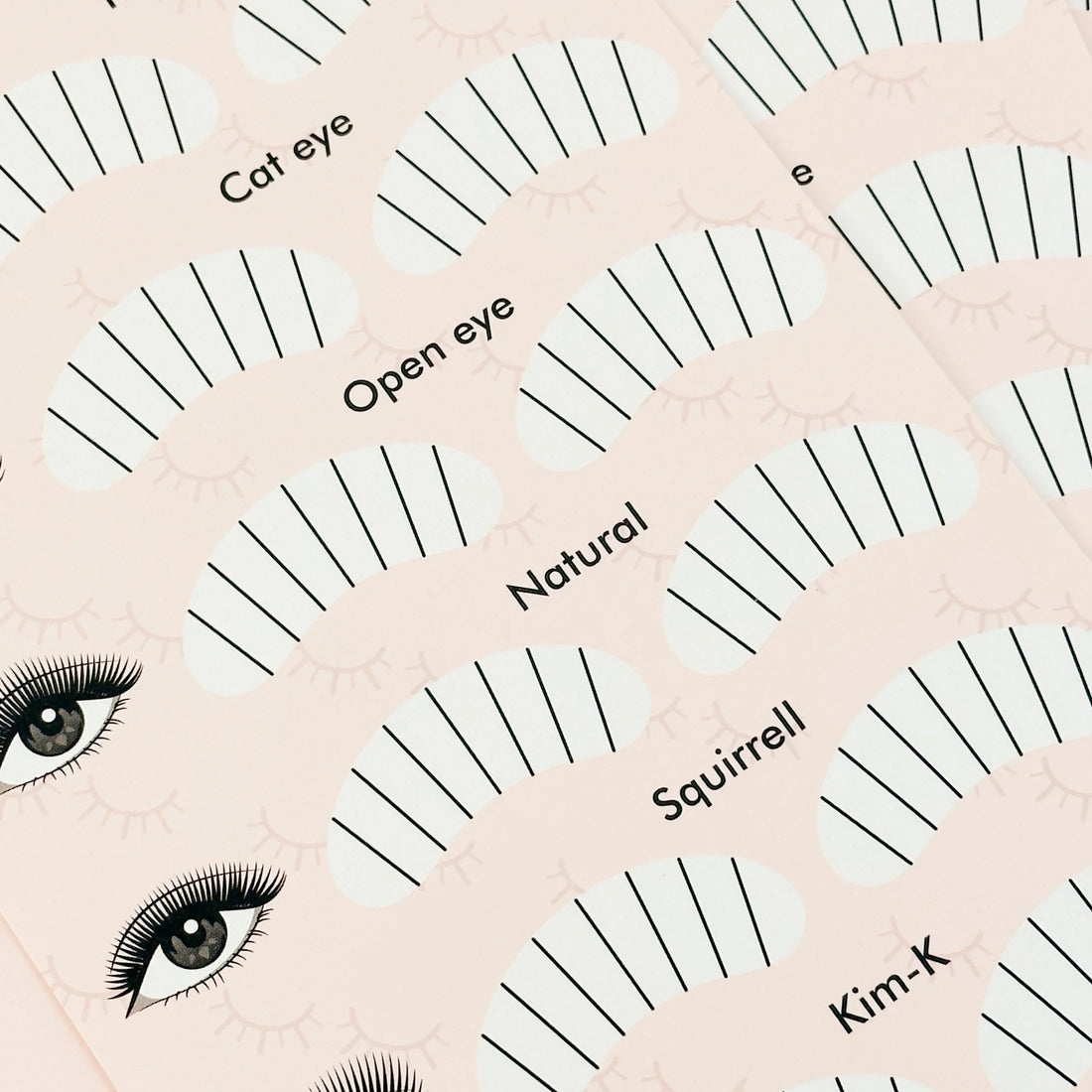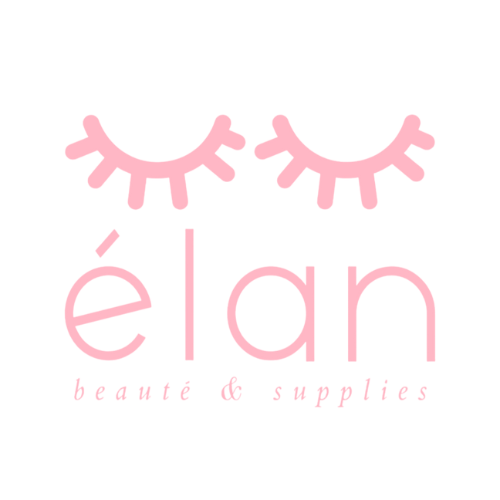
THE ART OF LASH MAPPING: CREATING THE PERFECT SET FOR YOUR CLIENT
Lash extensions are not a one-size fits all! As lash artists, it is our duty to fulfill our client’s desires. We want to give them everything they could possibly want! However, it’s important to consider that everyone’s eye shape and facial features are different. What may work for one client may not work for another. Sometimes you’ll have to negotiate for a desired result to create a set that compliments their features best. That’s why lash mapping is a must!
Lash mapping is a special technique used by thousands of lash artists where they choose diameters, lengths, and styles that suits their clients and makes their eyes pop! It’s a great way to achieve symmetry on both eyes and prevents mistakes.In this blog post, we’ll teach you what materials you need, what to do, as well as show you favorite different types of lash maps you can use in order to achieve a flawless set!
LASH MAPPING ESSENTIALS
Lash mapping is a special technique used by thousands of lash artists where they choose diameters, lengths, and styles that suits their clients and makes their eyes pop! It’s a great way to achieve symmetry on both eyes and prevents mistakes.In this blog post, we’ll teach you what materials you need, what to do, as well as show you favorite different types of lash maps you can use in order to achieve a flawless set!
LASH MAPPING ESSENTIALS
- Gel pads: Make sure they are covering the lower lashes completely and are not placed on your client’s waterline. Draw on the gel pads for mapping.
- Marker: Used to draw the lines and lengths.
- Eyeliner: This is optional but you can use it to draw on their skin to achieve symmetry still when you use taping methods to pull the inner or outer corner lid.
- Lash map stickers: These are stickers that can be placed on top of the gel pad. We love these because they’re pre-sectioned already for an organized look!
PRE-CONSULTATION
Before you start lashing, you always want to do a pre-consultation. This presents yourself as a professional lash artist by answering all the questions they may have and allows you to gather all the information you need to be confident in your choice of styling. It gives you the opportunity to set realistic expectations for your client! Here are some questions you should ask:
- Have you gotten lash extensions before? If so, what did you like and what did you not like about them?
- Are you getting lash extensions for an upcoming event or for an everyday look?
- Do you want a natural or a dramatic look?
- Do you have any previous allergies or sensitivities to lash adhesives?
- Do you wear contacts or glasses?
- What’s your lifestyle like?
Assess their eye shape and eye angle. There are 4 main eye-shapes: almond, rounded, hooded, and monolid. You also want to consider the angle of their eyes. Are they straight, upturned, or downturned?
Assess their eye space. Are they proportionate, wide-set, or closed-set?
Assess their facial features. Consider their brows and where their brow arches are. You don’t want to use a length so long that it touches their eyebrows! Is their face narrow or wide?
Assess the health of their natural lashes. Are they full or sparse? Are they long or short? If their lashes are thin, it would be best to choose a lighter diameter such as .03 to avoid adding too much weight! Remember to measure their natural lashes as well. The rule of thumb is to choose a length that’s at most 3mm longer than their natural lashes.
Assess the direction their natural lashes grow. Do they grow straight, down, or up? Are they curly? Remember, the expression of the curl of the extension changes depending on the natural angle of the lashes.
HOW TO CREATE A LASH MAP
- After your pre-consultation, make sure the eye pads are placed correctly before starting.
- Have your client look straight up with their eyes open.
- Take a marker and draw lines on the eye pads where their pupil, inner, and outer corners are.
- Divide the map into smaller sections.
- Number the sections with the lengths you are using. Always use short lengths in the inner corner!
- Write the different curls you are using for each section if you’re using more than one curl.
LASH MAPS
Here are some of our favorite and most popular lash maps! For any of these maps, you can adjust the length and density of the set based on your client’s desires but also consider what’s the healthiest for their natural lashes.
Cat-eye
Cat-eye is one of the most popular styles. It’s ideal for people with big, round, almond, upturned, close-set eyes. It starts with the shortest length on the inner corner and the longest length on the outer corner, elongating the eyes and giving a winged eyeliner effect!
Open-eye or Doll-eye
Open-eye, also known as Doll-eye is also one of the most popular styles! It’s ideal for people who have small, almond, downturned, monolid, hooded, wide-set eyes to make their eyes look more open! It starts with the shortest length on the inner corner and the longest length in the middle then it tapers back down to the shortest length.
Kitten-eye
Kitten-eye is almost like cat-eye except the longest length is where their brow arch is and it tapers back down. It’s a universal style that follows the natural shape of the eyes and is perfect for clients who have down-turned eyes but still want that cat-eye look! It avoids making their eyes look droopy.
Wispy
Wispy sets are becoming one of the most popular and trendy lash styles! You can make any set wispy. You can do a wispy cat-eye, wispy doll-eye, wispy kitten-eye, etc. What makes a set wispy is placing “spikes” on only the top layer of the lash. Spikes are just closed fans. They should be at least 3 millimeters longer than the length you are using in each section in order for them to fully show. Apply 2-3 spikes in each section.

In conclusion, thorough eyelash extension consultation along with lash mapping is essential to providing a great eyelash extension service. Lash mapping can be a bit of a trial-and-error process, so don't be afraid to try out different designs until you find the perfect set for your client. Being a lash artist truly is an art! We get to have fun experimenting with different styles, lengths, and curls.
We hope this guide has been helpful in teaching you the basics of lash mapping.



